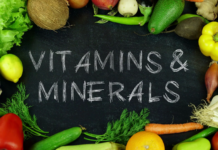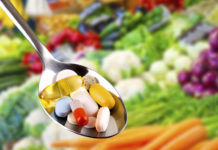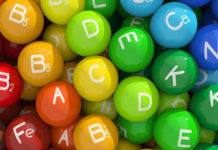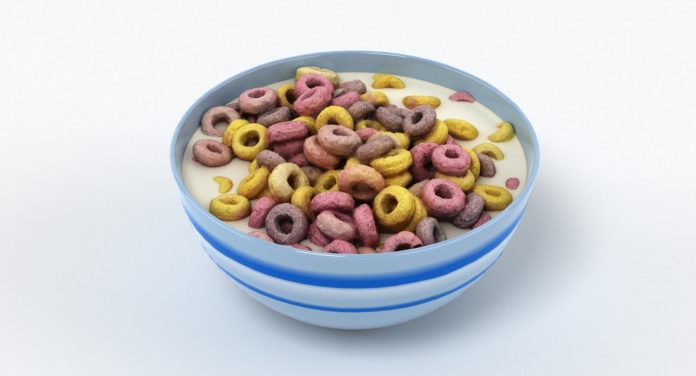The amount recommended by the American Heart Association (AHA), which is 9 teaspoons per day for men and 6 teaspoons for women.
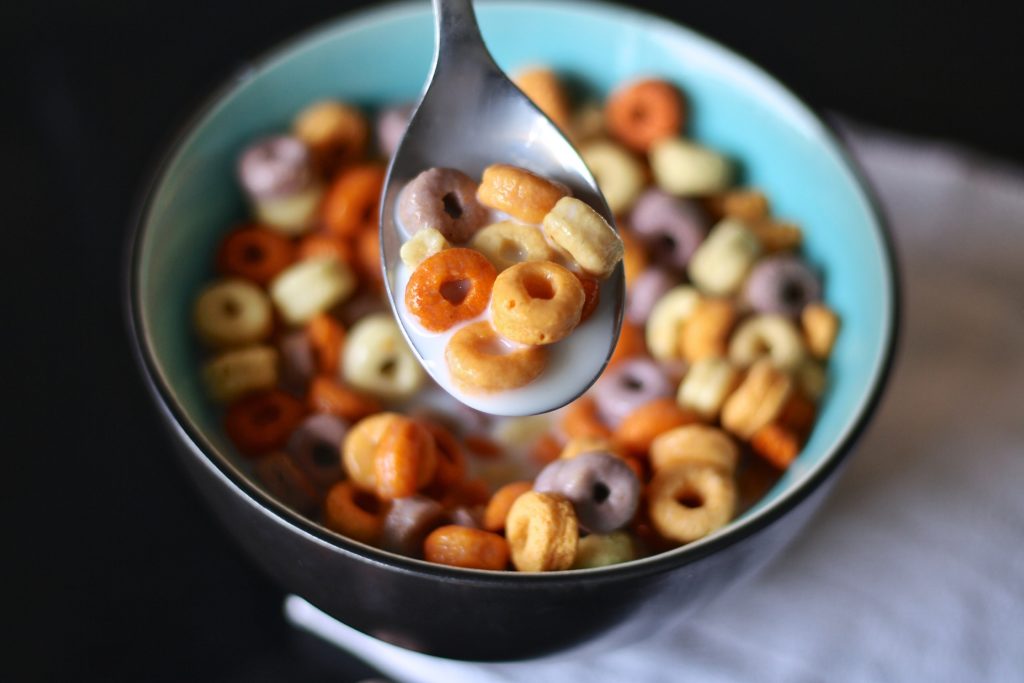
The following values show the amount of sugar per 100 g serving in some of the most popular cereals.
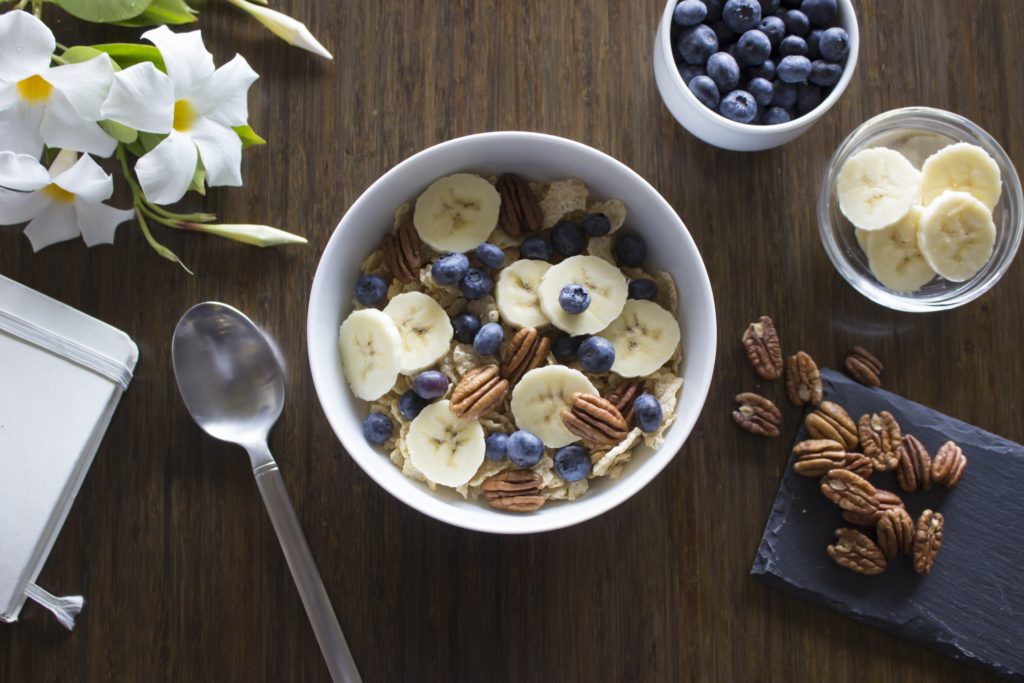
- Alpen: 4.05 teaspoons of sugar
- Cheerios: 0.88 teaspoons of sugar
- Corn Flakes: 1.93 teaspoons of sugar
- Cocoa Krispies: 7.83 teaspoons of sugar
- Froot Loops: 8.46 teaspoons of sugar
- Raisin Bran: 6.35 teaspoons of sugar
- Frosted Flakes: 7.12 teaspoons of sugar
- Honey Smacks: 11.4 teaspoons of sugar
- Rice Krispies: 2 teaspoons of sugar
- Special K: 2.57 teaspoons of sugar
- Wheaties: 3.08 teaspoons of sugar
- Trix: 6.49 teaspoons of sugar
- Lucky Charms: 7.33 teaspoons of sugar
- Rice Chex: 1.62 teaspoons of sugar
- Wheat Chex: 2.09 teaspoons of sugar
- Corn Chex: 2.25 teaspoons of sugar
- Honey Nut Cheerios: 6.67 teaspoons of sugar
- Reese’s Puffs: 6.3 teaspoons of sugar
- Golden Grahams: 7.1 teaspoons of sugar
- Cocoa Puffs: 7.55 teaspoons of sugar
- Cookie Crisp: 7.06 teaspoons of sugar
- Shredded Wheat: 0 teaspoons of sugar
- Cocoa Pebbles: 7.26 teaspoons of sugar
- Banana Nut Crunch: 3.55 teaspoons of sugar.
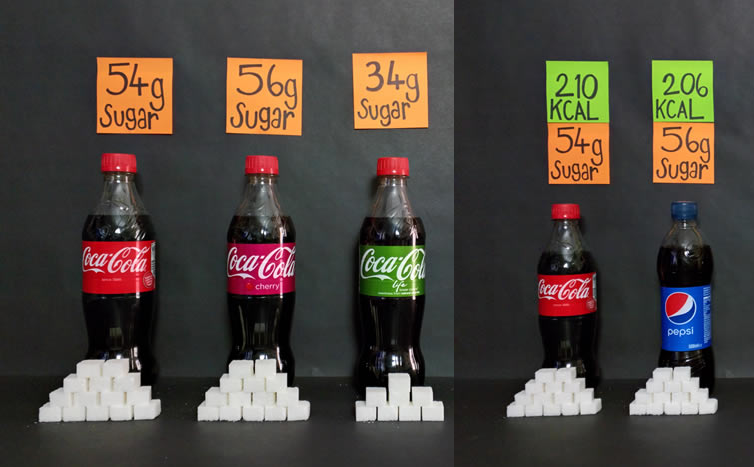
In June 2012, researchers from Yale Rudd Center for Food Policy & Obesity suggested that even though some cereals aimed at children had become more nutritious, cereal companies had increased their advertising spending considerably. Cereal advertising aimed at children increased by 34 percent between 2008 and 2011.
Marlene Schwartz, deputy director of the Rudd Center, said:
“While cereal companies have made small improvements to the nutrition of their child-targeted cereals, these cereals are still far worse than the products they market to adults. They have 56 percent more sugar, half as much fiber, and 50 percent more sodium.”
© Copyright – Hector Sectzer





